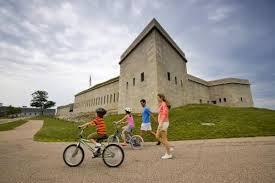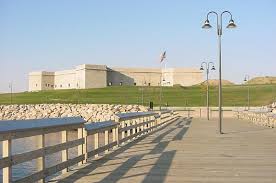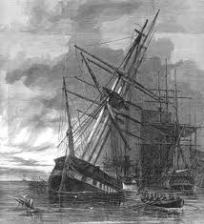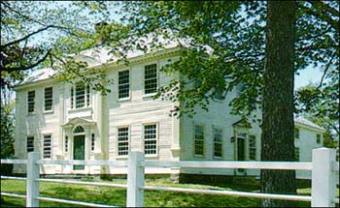The Soldiers & Sailors Memorial Arch in Hartford’s Bushnell Park commemorates the service of the more than 4,000 Hartford men who served in the Union Arrmy during the Civil War, or as an inscription on the towering monument describes it “The National Cause”. Nearly ten percent of those who served died in the conflict.
The Civil War was fought far from Connecticut, but this state played a critical role on the front lines and on the home front to defeat forces of the southern Confederacy.
More than 55,000 Connecticut men served in the Union Army, 47 percent of the state’s male population between 15 and 50, the historian Matthew Warshauer has written. A significant number, ten percent, were killed and many more wounded, some horribly. Connecticut women were active in caring for the many who were wounded and engaging in other war-related tasks. Those included attending funerals for those were killed in battle, or died afterwards of their wounds. The state’s manufacturers provided a significant amount of arms and munitions, ships for the navy and everything from brass buttons and the military uniforms on which they were attached.
Professor Warshauer reminds us in an article that the state has a complicated history when it came to the slave trade and its efforts to grant its black residents a measure of equality. But, it is clear, Connecticut was committed to preserving the union.
Today, reminders of that commitment are located throughout the state, with more than 130 memorials, including the prominent Soldier’s & Sailors Arch in Hartford and the more modest Kensington Monument in Berlin, which is recognized on the National Register of Historic Places as the country’s oldest, permanent Civil War monument.
The New England Civil War Museum in Rockville provides an interesting look at the war and those who fought in it and worth a visit.
The Lebanon Historical Society museum has an excellent Civil War exhibit that remains there until September, 2015, and the Connecticut State Library is a repository of Civil War-related information, including the names of those who served in Connecticut units.
The Civil War was fought far from Connecticut, but this state played a critical role on the front lines and on the home front to defeat forces of the southern Confederacy.
More than 55,000 Connecticut men served in the Union Army, 47 percent of the state’s male population between 15 and 50, the historian Matthew Warshauer has written, with ten percent killed and many more wounded. Connecticut women were active in caring for the many who were wounded and engaging in other war-related tasks. Those included attending funerals for those were killed in battle, or died afterwards of their wounds. The state’s manufacturers provided a significant amount of arms and munitions, ships for the navy and everything from brass buttons and the military uniforms on which they were attached.
Professor Warshauer reminds us in an article for Connecticuthistory.org, the state had a complicated history when it came to the slave trade and its efforts to grant its black residents a measure of equality. But, it is clear, Connecticut was committed to preserving the union
http://connecticuthistory.org/connecticut-and-the-civil-war/
Today, reminders of that turbulent time in our nation’s history are scattered throughout the state, with more than 130 memorials, including the prominent Bushnell Arch in Hartford and the more modest Kensington Monument in Berlin, which is recognized on the National Register of Historic Places as the country’s oldest, permanent Civil War monument.
The New England Civil War Museum in Rockville provides an interesting look at the war and those who fought in it and worth a visit.
The Lebanon Historical Society museum has an excellent Civil War exhibit that remains there until September, 2015, and the Connecticut State Library is a repository of Civil War-related information, including the names of those who served in Connecticut units.
http://www.historyoflebanon.org/index.htm
http://www.newenglandcivilwarmuseum.com/visitingus.htm
http://www.ctstatelibrary.org/subjectguides/pages/civil-war/2151/0/page








